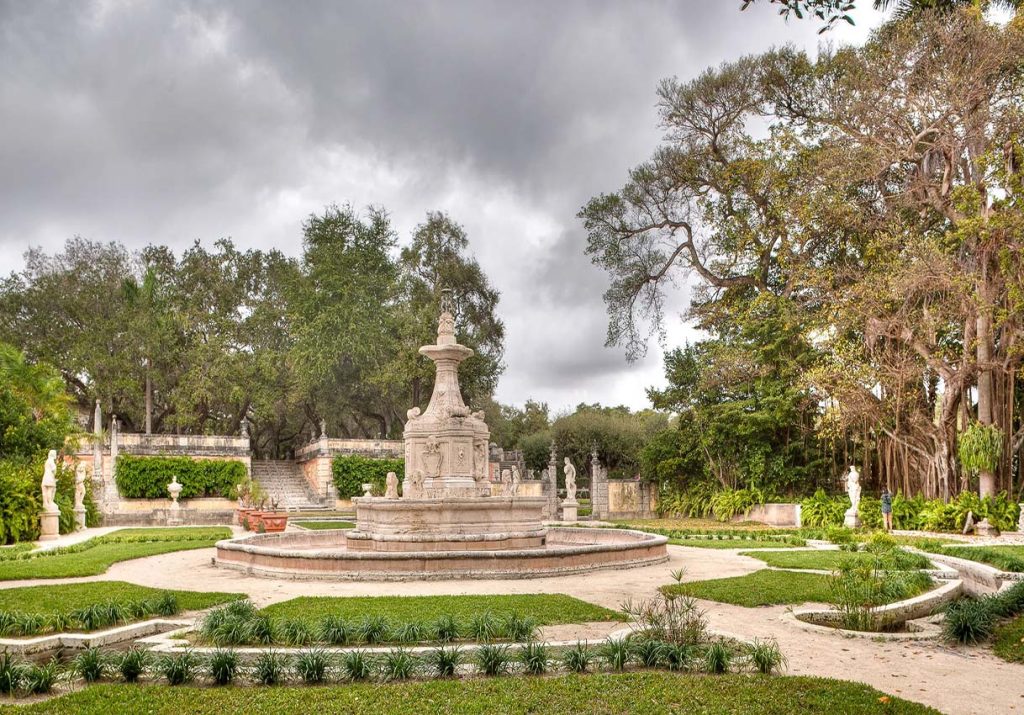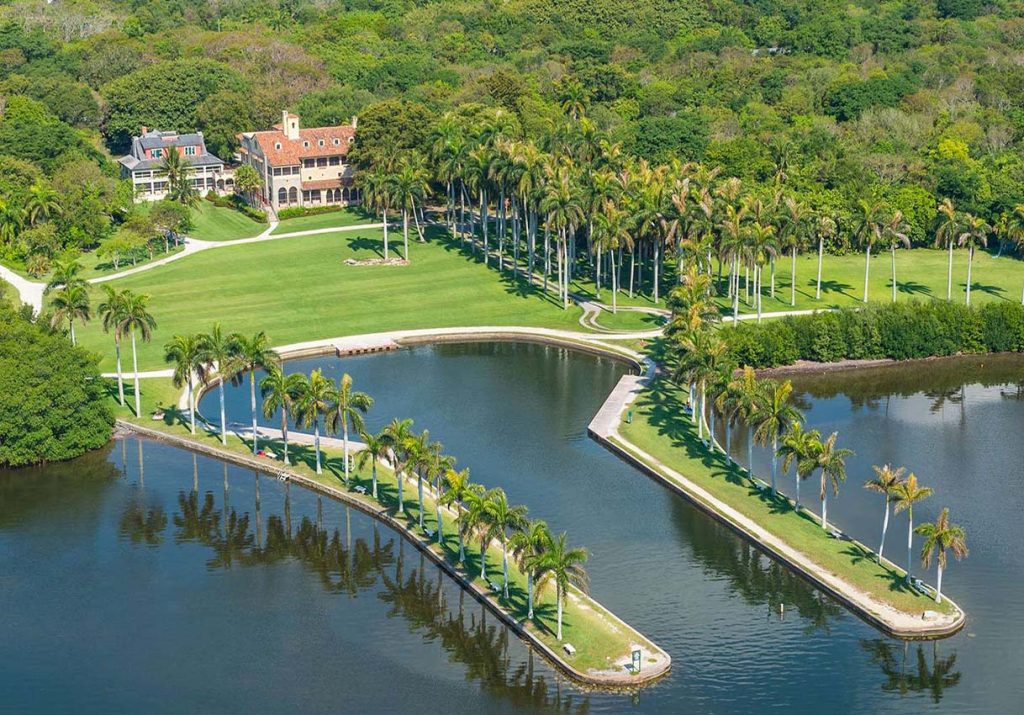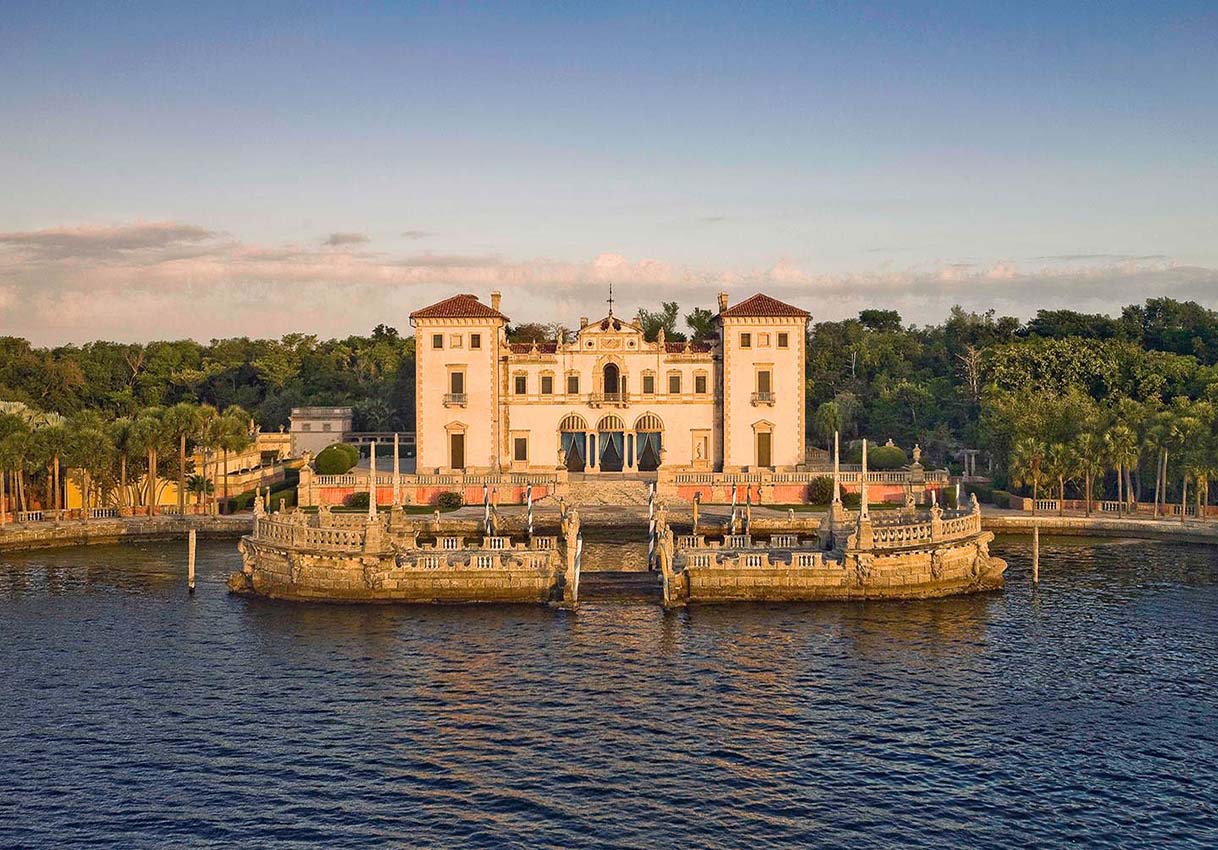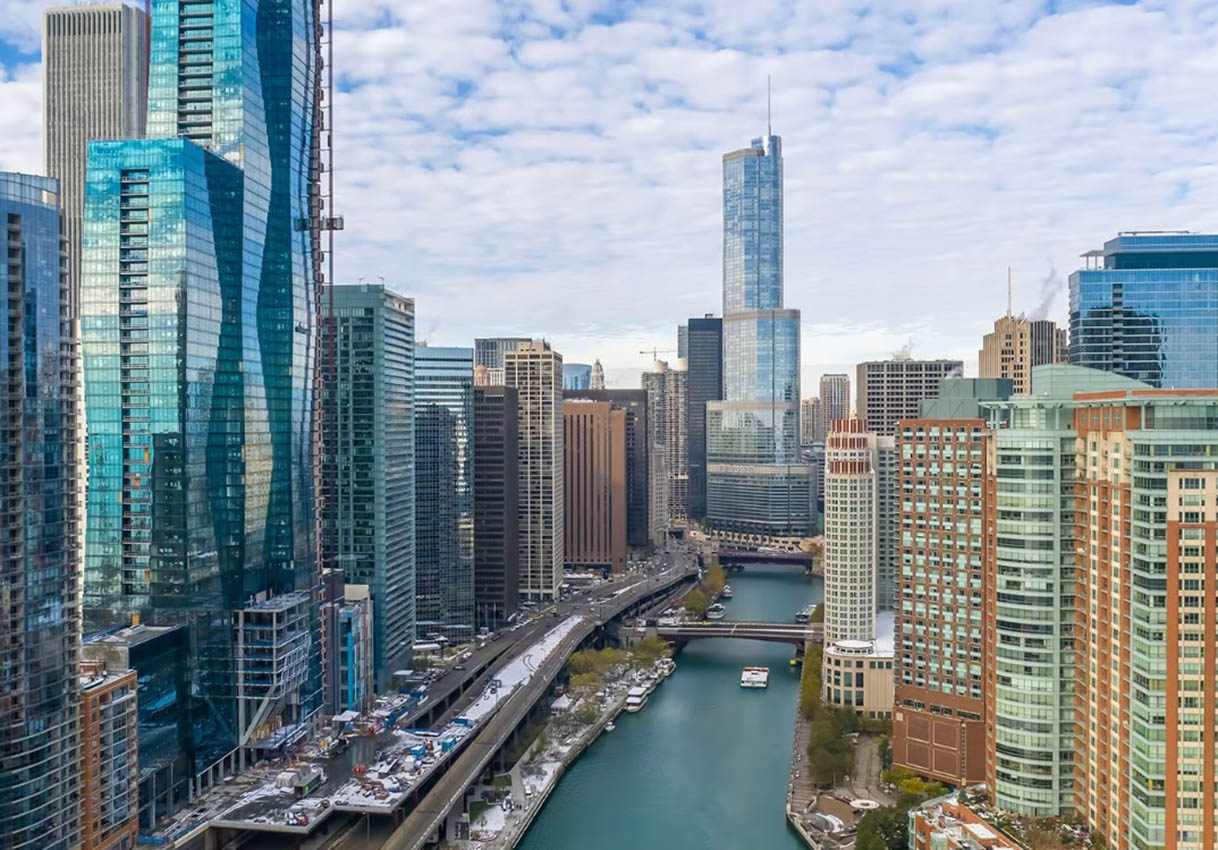Miami, a city renowned for its vibrant culture and stunning beaches, holds within its heart a treasure trove of historical landmarks and museums waiting to be discovered. I embarked on a captivating journey to explore the rich history and cultural heritage of Miami, uncovering three personal favorites and four must-visit sites that have left an indelible mark on my travelogue.
My Top Three Picks:
1. Vizcaya Museum and Gardens:

- Location: 3251 South Miami Ave, Miami, FL 33129.
- Description: Vizcaya Museum and Gardens is an architectural masterpiece that transports visitors to the Italian Renaissance. The villa, built in the early 20th century, showcases opulent European art and furnishings. The meticulously manicured gardens, complete with fountains and sculptures, provide a serene escape.Nestled in the charming Coconut Grove neighborhood, the Vizcaya Museum and Gardens is a true architectural gem, evoking the essence of Italian Renaissance villas. This historic estate, constructed in the early 20th century, showcases an exquisite blend of European art, opulent furnishings, and stunning architectural features.
- My Experience: Walking through Vizcaya felt like stepping into a European time capsule. The attention to detail in the architecture and decor is awe-inspiring. The gardens are a peaceful oasis amidst the bustling city.
Visiting the Vizcaya Museum and Gardens during my time in Miami was an exceptional experience that transported me to the opulence of European architecture and design within the heart of this vibrant city.
As I stepped into the villa, I was immediately captivated by the meticulous attention to detail that adorned each room. The rich woodwork, hand-painted ceilings, and antique furnishings exuded a sense of grandeur and sophistication. The Music Room, in particular, stood out with its intricate frescoes and the presence of a piano that once filled the halls with melodies.
Stepping outside, I found myself immersed in the meticulously manicured gardens that sprawled across the estate. The gardens featured charming fountains, sculptures, and lush greenery. One of the most enchanting discoveries was the Secret Garden, a hidden gem concealed behind verdant hedges, offering an air of mystery and romance.
Exploring the Vizcaya Museum and Gardens was like embarking on a journey through time. The fusion of European elegance with Miami’s tropical beauty was nothing short of mesmerizing. The serene ambiance of the gardens juxtaposed against the bustling city added to the overall allure. It was easy to imagine the lavish events and gatherings that must have graced this historical estate. My visit left me with a profound appreciation for the timeless beauty and cultural significance of Vizcaya.
2. Freedom Tower:
- Location: 600 Biscayne Blvd, Miami, FL 33132.
- Description: The Freedom Tower, once the headquarters for a major newspaper, is a symbol of Cuban immigration to the United States. It now houses the Museum of Art and Design at Miami Dade College and showcases various exhibitions and collections.Originally serving as the headquarters for the Miami News and Evening Post, the Freedom Tower has played a pivotal role in welcoming Cuban refugees to American shores. Today, it houses the Museum of Art and Design at Miami Dade College.
- My Experience: The Freedom Tower is a poignant reminder of Miami’s role in shaping the immigrant experience. The exhibitions inside provide insight into the diverse cultures that have contributed to the city’s identity.
The Freedom Tower, standing tall in Miami, emerged as a powerful symbol of hope and freedom, particularly in the context of Cuban immigration to the United States.
Approaching the Freedom Tower, I couldn’t help but be struck by its imposing and ornate architecture. The design, inspired by the Giralda Tower in Seville, Spain, beautifully blends Mediterranean and Spanish Colonial Revival styles. The tower’s intricate ornamentation and historical significance were palpable.
The most poignant chapter of the Freedom Tower’s history is its role as the “Ellis Island of the South.” It served as a crucial processing center for Cuban refugees escaping the Castro regime in the 1960s. The museum within the tower commemorates this significant history through a range of exhibitions and collections.
Walking through the halls of the Freedom Tower was a deeply moving experience. The exhibitions not only provided a historical account but also offered profound insights into the struggles and triumphs of Cuban immigrants. It was a testament to Miami’s multicultural identity and a reminder of the enduring spirit of those who sought freedom on these shores. The Freedom Tower serves as a poignant reminder of the enduring pursuit of liberty.
3. HistoryMiami Museum:
- Location: 101 West Flagler St, Miami, FL 33130.
- Description: HistoryMiami Museum is the city’s premier institution for preserving and celebrating its history. It features a wide range of exhibits, from early Native American settlements to the present day, offering a comprehensive view of Miami’s evolution.HistoryMiami Museum offers a comprehensive exploration of Miami’s history, tracing its roots from early Native American settlements to the vibrant multicultural city it is today.
- My Experience: HistoryMiami Museum is a treasure trove of stories and artifacts. The interactive exhibits engage visitors of all ages, making it an educational and enjoyable experience.
My exploration of Miami’s historical landmarks would have been incomplete without a visit to the HistoryMiami Museum, which serves as the city’s premier gateway to its multifaceted past.
The museum’s exhibits cover a wide range of historical topics, providing a nuanced understanding of Miami’s evolution. From early indigenous cultures to the impact of Spanish colonization, the era of pioneering and development, and the rise of a multicultural Miami, the museum leaves no stone unturned.
One of the museum’s notable strengths is its celebration of Miami’s diverse cultural heritage. It highlights the contributions of various communities, including African Americans, Jewish immigrants, and more, shaping the city’s unique cultural mosaic.
Exploring the HistoryMiami Museum was an enriching journey through time and culture. The interactive exhibits engaged visitors of all ages, making it an educational and enjoyable experience. It was a place where history came alive, celebrating Miami’s diversity and reminding us of the rich tapestry of history that defines this vibrant city.
These three landmarks—Vizcaya Museum and Gardens, the Freedom Tower, and the HistoryMiami Museum—offer a multifaceted exploration of Miami’s history and cultural heritage. From the European elegance of Vizcaya to the poignant history of Cuban immigration at the Freedom Tower and the comprehensive storytelling at HistoryMiami Museum, these sites have enriched my understanding of Miami’s vibrant past. Each visit was a step back in time, a journey through the city’s diverse and captivating history, leaving me with a deep appreciation for the historical treasures that Miami holds.
Four Must-Visit Recommendations:
1. Deering Estate:

- Location: 16701 SW 72nd Ave, Miami, FL 33157.
- Description: Deering Estate is a historic site that includes a grand mansion, lush gardens, and natural preserves. It offers guided tours, educational programs, and stunning views of Biscayne Bay.
- Why Visit: Deering Estate is a hidden gem that showcases Miami’s natural beauty and historical significance. It’s an ideal spot for nature enthusiasts and history buffs alike.
2. Coral Gables Merrick House:
- Location: 907 Coral Way, Coral Gables, FL 33134.
- Description: The Merrick House, once the residence of George Merrick (the founder of Coral Gables), is a beautifully preserved historic home. Visitors can explore its charming rooms and learn about the city’s history.
- Why Visit: This house is a testament to the vision of George Merrick and the architectural heritage of Coral Gables. It offers a glimpse into Miami’s past.
3. Jewish Museum of Florida – FIU:
- Location: 301 Washington Ave, Miami Beach, FL 33139.
- Description: This museum tells the story of Jewish life in Florida through engaging exhibits and programs. It’s housed in a beautifully restored historic synagogue.
- Why Visit: The museum provides insights into the Jewish community’s contributions to Miami’s cultural mosaic, making it an enriching experience for history enthusiasts.
4. Art Deco Historic District:
- Location: South Beach, Miami Beach, FL.
- Description: South Beach’s Art Deco Historic District is a living museum of vibrant pastel-colored buildings from the 1930s and 1940s. Visitors can take guided walking tours to learn about the district’s architecture and history.
- Why Visit: The Art Deco architecture of South Beach is an iconic part of Miami’s identity. Exploring the district is like stepping back in time to the glamorous era of Miami Beach’s heyday.
My journey through Miami’s historical landmarks and museums was a captivating exploration of the city’s multifaceted past. From the opulent Vizcaya Museum and Gardens to the evocative Freedom Tower and the engaging exhibits at HistoryMiami Museum, I discovered a Miami that is rich in history and cultural diversity. Additionally, the Deering Estate, Coral Gables Merrick House, Jewish Museum of Florida, and the Art Deco Historic District offered unique perspectives on Miami’s heritage.
While each site had its distinct charm and significance, collectively, they wove a tapestry of Miami’s history that left me with a deep appreciation for the city’s cultural heritage. These landmarks and museums serve as a testament to the dynamic forces that have shaped Miami into the vibrant, diverse, and historically rich metropolis it is today. I wholeheartedly recommend these sites to fellow travelers seeking to delve into the captivating history of Miami.




